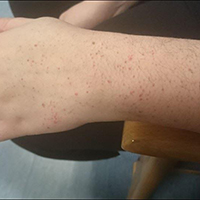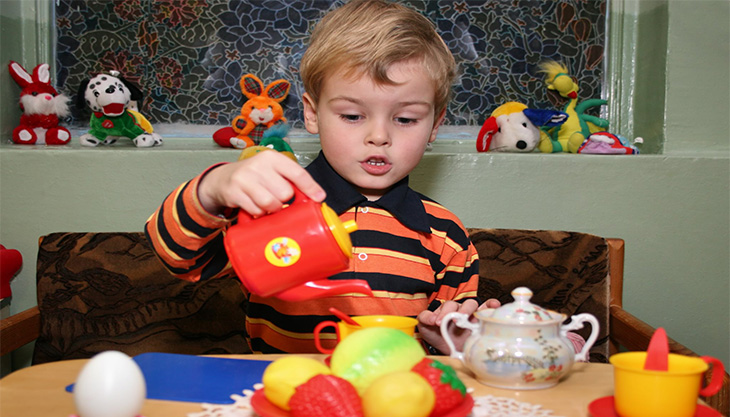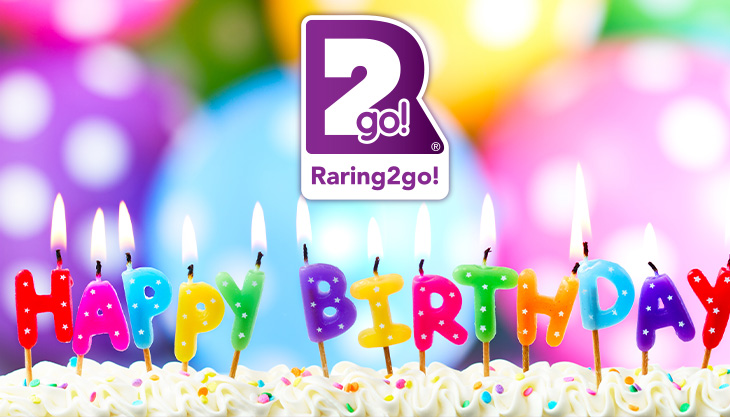Daisy First Aid

Daisy First Aid offer fun and fear-free first aid courses designed specifically for parents and child carers and their aim is to educate people in a way that makes them feel both confident and comfortable in emergency situations. Offering two-hour sessions, which take place in attendees’ homes or a local venue, the world of emergency first aid is explained and demonstrated in an engaging and simple way. Families and carers can interact and learn the important skills needed to save a life and treat the most common paediatric accidents and emergencies.
Here are a few tips to help in times of small emergencies…
Febrile Seizures
A Febrile Seizure can be a very frightening experience for parents or careers but the vast majority are harmless. These seizures are caused when a child’s temperature rises rapidly normally due to an infection.
It most commonly affect children between ages 1 to 4 and can affect 1 in 20 children.
Symptoms include:
- Contraction of muscles
- Breathing difficulty
- Eyes may roll backwards
- May become dazed and confused.
Staying calm is important and remember that these seizure normally pass quickly. During the seizure move dangerous objects away and gently protect the head, note the time and duration of the seizure, loosen
any tight clothing around the neck.
After the seizure put them on their side, gradually try and cool them down, removing clothes, opening doors
or windows to let air flow and wipe them down with cool flannel or baby wipe.
Call 999 if seizure lasts longer that 5mins, they have a second seizure or they have become injured.
Treating Burns
 A hot drink can still scald a small child up to 15 minutes after being poured and over 50% of children admitted to hospital have been burnt by hot drinks.
A hot drink can still scald a small child up to 15 minutes after being poured and over 50% of children admitted to hospital have been burnt by hot drinks.
Some of the most common causes of burns in children are scalds from hot tea/coffee or burns for electric hobs, hair straighteners and irons.
How to treat a burn:
Cool the area immediately with running water for a minimum of 10 minutes.
Remove any clothing or jewellery, but do not remove anything if it is stuck to the skin.
Call for help: 999, 111 or local GP for advice.
Cover the burn with cling film or a sterile non fluffy dressing that won’t stick to the skin.
Do not
- Cool the burn using ice on the skin
- Burst blisters
- Apply creams, ointment or fat.
- Apply adhesive dressing.
- Remove clothing that has stuck to the burn.
If the burn is severe call 999.
Meningitis
The symptoms of Meningitis can appear in any order and some may not appear at all. One danger is that the signs and symptoms of meningitis can be easily mistaken for other
common, less serious infections.
Symptoms:
- Cold hand and feet
- Pain in the limbs or joints
- Abnormal skin colour
- Fever and vomiting
- Blotchy purple rash (anywhere on the body). May start like pin pricks. It doesn’t fade when It’s
- squashed with a glass tumbler,
- Drowsiness or lowered levels of consciousness
- Severe headache
- Stiff neck
- Dislike of bright lights
More symptoms associated with babies:
- The soft spot on the baby’s head may become tense or bulging
- May refuse to feed, be irritable when picked up, or have a high-pitched
- or moaning cry
- May be fitting, or be floppy and lifeless, too sleepy to wake up.
The blotchy rash, septicaemia can be a late sign and it doesn’t always occur, so don’t wait for the rash to
develop before you get help.
DO NOT wait for all the signs and symptoms to appear, time is critical and be prepared to insist on treatment. ‘TRUST YOUR INSTINCTS’



